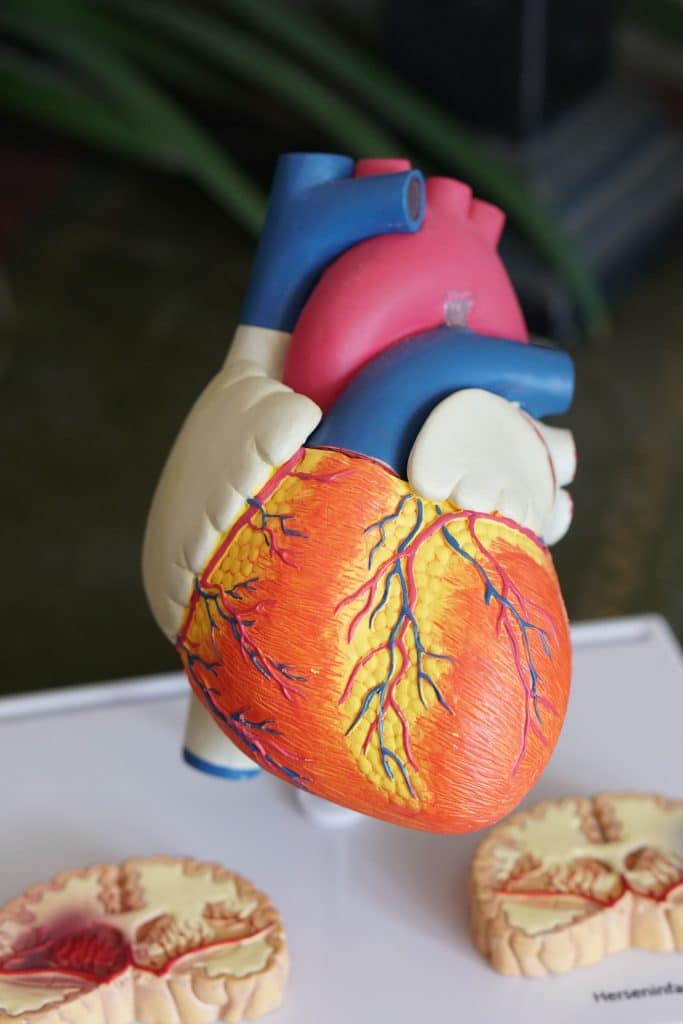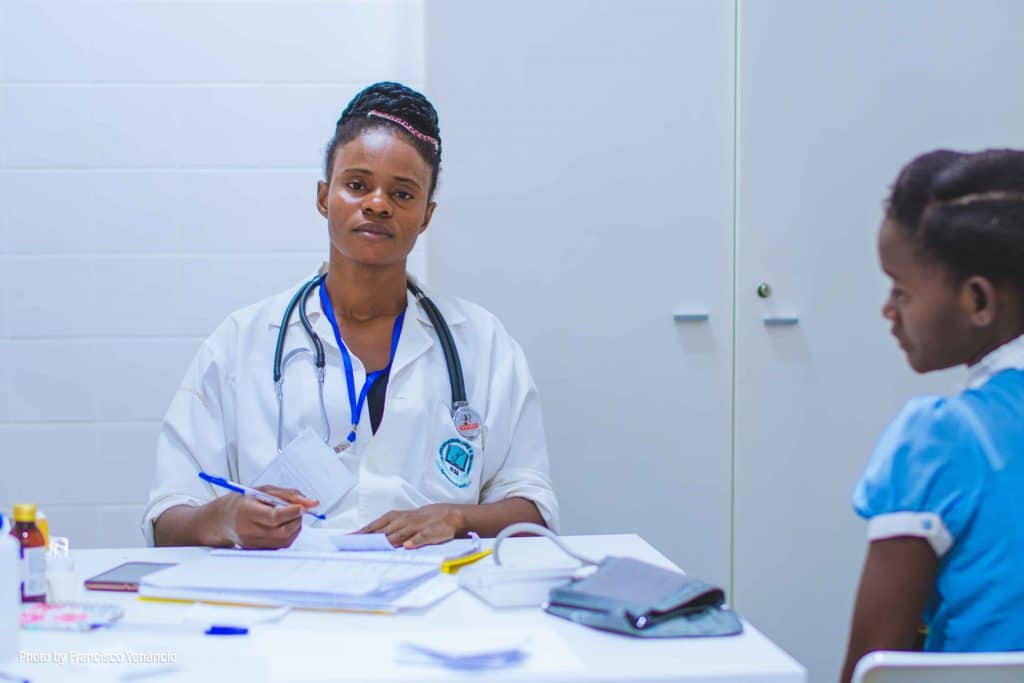The present healthcare system runs like a Minecraft game — when care coordination delivers a high success rate, it amounts to an efficient and winning system. But when everything falls out by mismanagement, you know when the game is over.
Last 2016, an open letter of Isaac Kohane, chairman of Harvard Medical School’s Department of Biomedical Informatics, revealed how middle schoolers navigated with virtual reality and how players easily used such tech to coordinate their efforts.
As a medical professional, Kohane expected how IT systems would integrate to better care coordination. A cumbersome, expensive, and stifling innovation, the current IT systems in healthcare led to low quality of care coordination.
That, according to Kohane, a quality which Minecraft could fill the gap.
Today, Minecraft has never failed to transform millions of lives. Teachers are now using Minecraft to integrate teaching coding for kids. Also, architects are now using Minecraft as an online-sharing platform to promote designs from a “human perspective.”
What can Minecraft teach the healthcare system? What lessons can healthcare workers learn from the beauty of Minecraft? In this article, we will help discover how Minecraft builds best and effective care coordination.
Care Coordination and its role in healthcare systems

Care coordination is the soul of every healthcare system, giving the healthcare skeletal workforce a reason to serve quality care to patients. It encompasses the values of teamwork, care management, health information technology, patient-centered medical home, proactive care plan, etc.
Furthermore, care coordination involves the organization of patient care activities, by sharing information among all of the participants concerned. In other words, care coordination underscores the essence of communication of healthcare workers with the patients at the right time and right information for well-optimized and appropriate healthcare service.
The main goal of care coordination is meeting patients’ needs and preferences to sustain high-quality health care. Thus, a well-strategized care coordination comes with improved outcomes for patients, providers, and payers.
Issues on Care Coordination
Kohane addressed three pressing issues that healthcare systems have in common:
Complex Systems
Hospitals, clinics, and other healthcare systems have created cumbersome solutions, providing less secure, less versatile, and more expensive than expected needs. As a result, it hampers effective communication, which is a vital role for dynamic work management in serving their patients.
Mismanagement
Medical records conflate billing with clinical care. Meaning, there is no proper drive on a patient’s health information for sound decision-making. With the modern model of healthcare reimbursement, patients are left behind as the forefront of the service.
Limited decision-making
Decision-making process gives a big-picture to new solutions for a patient’s diagnosis. In the present model, patients have a blurred picture of why they are being referred from primary care to specialists, specialists don’t have adequate information on referrals, and referrals often lose track of the list.

Hence, Kohane suggested letting everyone involved in the decision-making process.
What Minecraft can teach healthcare systems?
Minecraft is becoming a pop-culture juggernaut. Beyond its pride in winning every child’s hearts, Minecraft improved the systems of institutions like schools and industries. Children’s can now easily understand coding programs and trained to build self-confidence, sense of direction, and freedom of thought,
Of course, Minecraft is a great help to our healthcare systems. Really, how?
CodaKid lists three significant lessons that Minecraft can teach healthcare systems.
Creative Freedom
“Easy to learn. Impossible to lose. The world is yours for the making.”
The world of Minecraft is the portals of healthcare systems to debunk the old, traditional ways by adopting new strategic formulas. Minecraft offers a virtual reality that mimics Earth’s space and time. In this way, players engage in coding sequences to change their desired worlds and make it better.
Hence, the spirit of creative freedom is a lesson that Minecraft can teach to every healthcare system. That new ideas are unlimited spaces to occupy and that new ideas sustain the passion to love a profession.
Playing to Win
Minecraft teaches every healthcare system on Playing to Win. The goal in Playing to Win is not winning through an individual effort. Rather, it involves a team, where they work together for the achievement of a winning aspiration.
In Minecraft, every player would recognize their potentials, weakness, strengths, and rooms for improvement. The same goes with the realities of healthcare systems, that each stakeholder has a weighing function to contribute to the harmony of the workplace. Hence, Minecraft allows healthcare workers to balance interests and remain steadfast in all modes that life has to offer.
Out-of-the-Box ideas
Innovation is the heart of every Minecraft gaming. Players can create their world by adding Minecraft shaders, mods, and even learn how to create a Minecraft server for an upgraded gaming experience. Moreso, it encourages every player to exchange ideas and build a virtual reality of their own.
Gone are the days that systems are using the traditional pattern. Thanks to Minecraft, healthcare systems can learn how to formulate out-of-the-box ideas without decreasing the quality service expected to deliver.
Key Takeaways
Just like a Minecraft game — when care coordination delivers a high success rate, it amounts to an efficient and winning system. But when everything falls out by mismanagement, you know when the game is over.
Care coordination plays a fundamental role in delivering a quality healthcare service to patients. It encompasses the values of teamwork, care management, health information technology, patient-centered medical home, proactive care plan, etc.
However, the present IT systems in hospitals, clinics, and healthcare institutions have conflated data with effective communication. At some point, the current technology demoralizes the morale of healthcare systems, including complex systems, mismanagement, and limited decision-making processes.
That’s why Minecraft is filling up the gap and helping healthcare professionals.
Hence, how can Minecraft teach healthcare systems?
- Creative Freedom
- Playing to Win
- Out-of-the-Box Ideas
Indeed, a well-strategized care coordination in the healthcare system comes with improved outcomes for patients, providers, and payers.














Leave a Reply